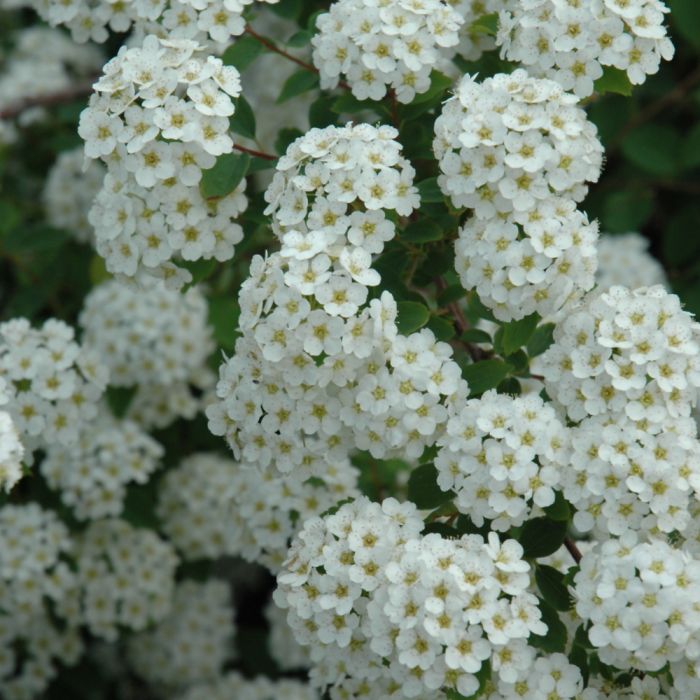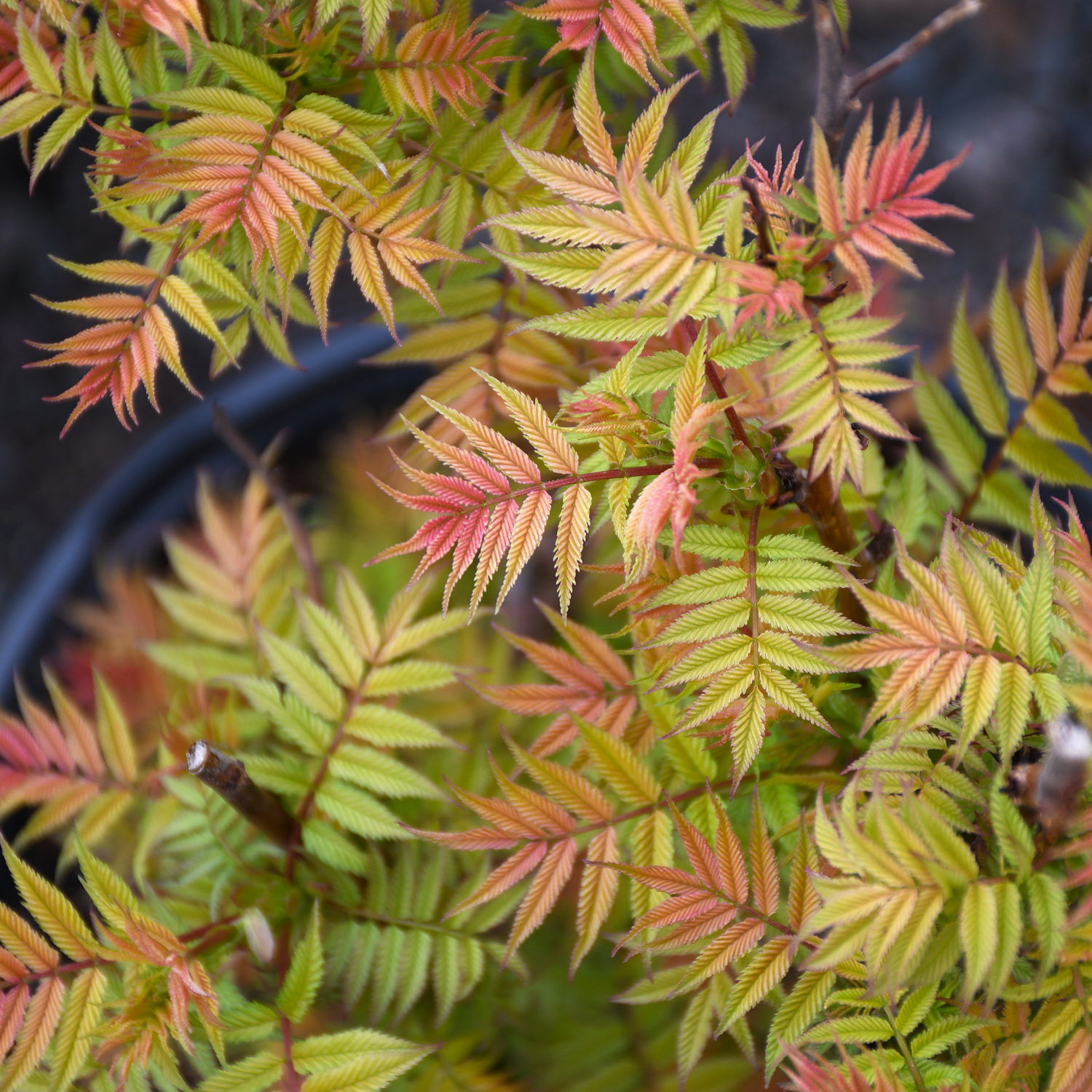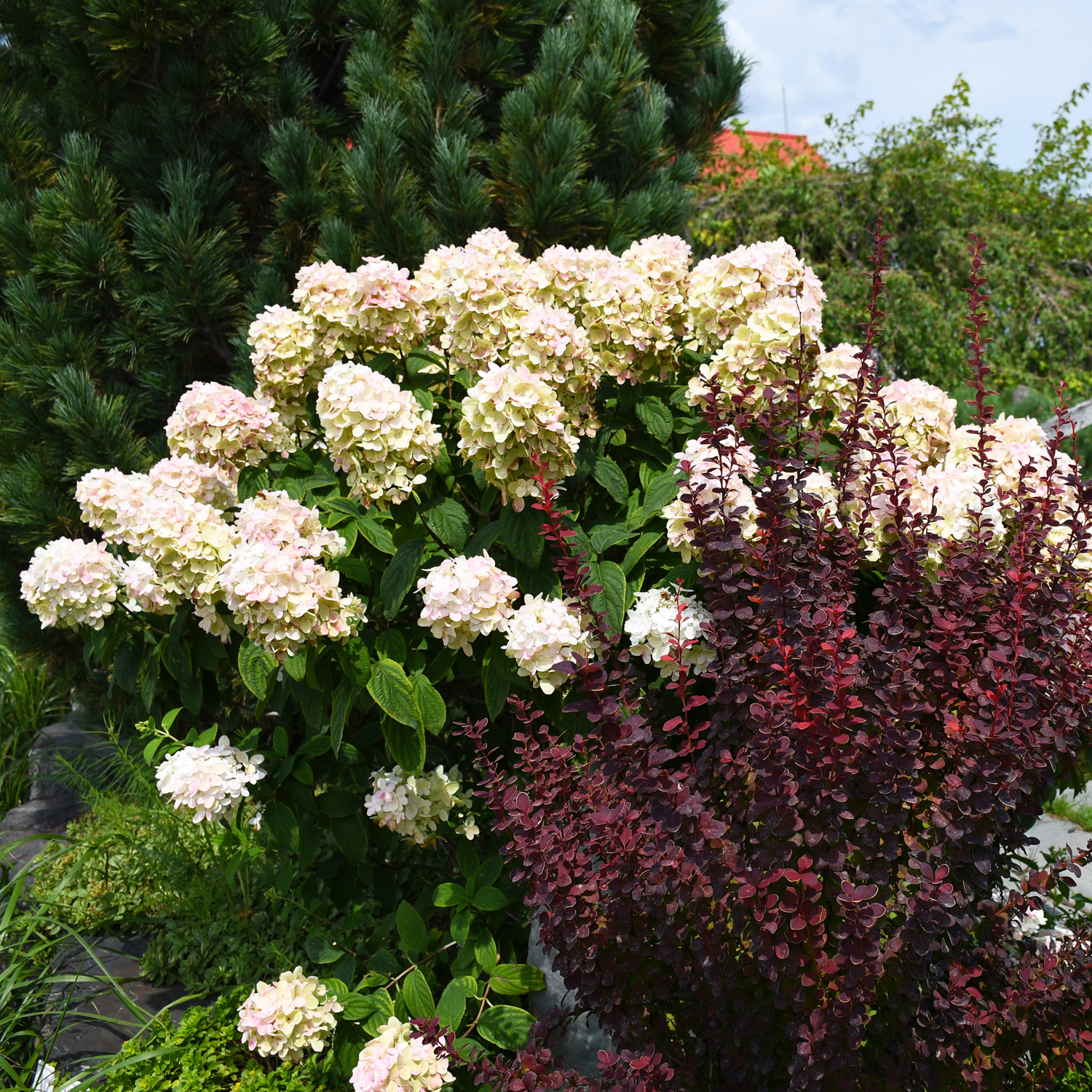Spiraea, Vanhoutte Spirea 'Renaissance'

Out of stock
Sold out for the season- Sun Preference
- Full-Sun, Part-Sun
Description
An exciting remake of an old-fashioned favorite, featuring creamy white flowers held along loosely arching blue-green branches in spring; use as a specimen shrub or in the garden; better disease resistance.
Minnesota's Largest Selection of Shrubs
Elevate your landscaping with Gertens' unmatched variety of shrubs! Selecting the right shrubs for your backyard can enhance its beauty and functionality. Consider factors like sunlight, soil type, and mature size when choosing shrubs. For sunny areas, flowering shrubs like roses or hydrangeas can add color and charm. In shady spots, opt for shrubs like azaleas or hostas. Evergreen shrubs provide year-round interest and privacy, while deciduous shrubs offer seasonal color changes. At Gertens, we offer a wide selection of shrubs to suit every backyard need.
Details
Height: 7 feet
Spread: 8 feet
Sunlight:![]()
Hardiness Zone: 3a
Other Names: Bridalwreath Spirea
Description:
An exciting remake of an old-fashioned favorite, featuring creamy white flowers held along loosely arching blue-green branches in spring; use as a specimen shrub or in the garden; better disease resistance
Ornamental Features
Renaissance Spirea is draped in stunning white flowers held atop the branches from mid to late spring. It has bluish-green foliage throughout the season. The small serrated lobed leaves do not develop any appreciable fall color. The fruit is not ornamentally significant.
Landscape Attributes
Renaissance Spirea is a multi-stemmed deciduous shrub with a shapely form and gracefully arching branches. Its relatively fine texture sets it apart from other landscape plants with less refined foliage.
This is a relatively low maintenance shrub, and should only be pruned after flowering to avoid removing any of the current season's flowers. It is a good choice for attracting butterflies to your yard, but is not particularly attractive to deer who tend to leave it alone in favor of tastier treats. It has no significant negative characteristics.
Renaissance Spirea is recommended for the following landscape applications;
- Accent
- General Garden Use
Planting & Growing
Renaissance Spirea will grow to be about 7 feet tall at maturity, with a spread of 8 feet. It tends to fill out right to the ground and therefore doesn't necessarily require facer plants in front, and is suitable for planting under power lines. It grows at a fast rate, and under ideal conditions can be expected to live for approximately 20 years.
This shrub should only be grown in full sunlight. It prefers to grow in average to moist conditions, and shouldn't be allowed to dry out. It is not particular as to soil type or pH. It is highly tolerant of urban pollution and will even thrive in inner city environments. This particular variety is an interspecific hybrid.
| SKU | Container Size |
| S2800 | #5 Container (5 Gallon) |
* Not all container sizes may be available at this time. See store for details on specific container size availability.
More Information
| Available for Pre-Order | No |
|---|---|
| Sun Preference | Full-Sun, Part-Sun |
| USDA Hardiness Zone | 3, 4, 5, 6, 7 |
| Common Family Name | Spirea |


